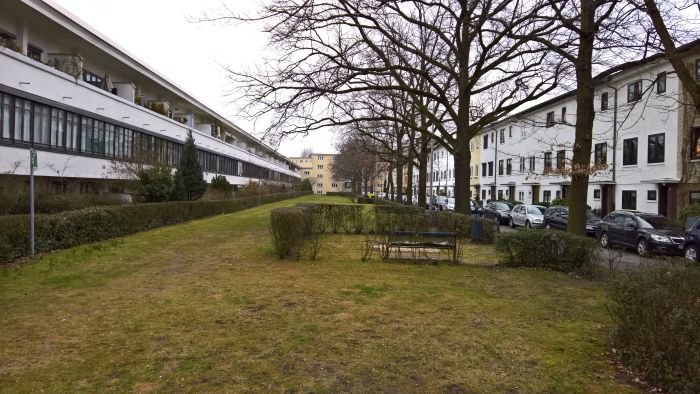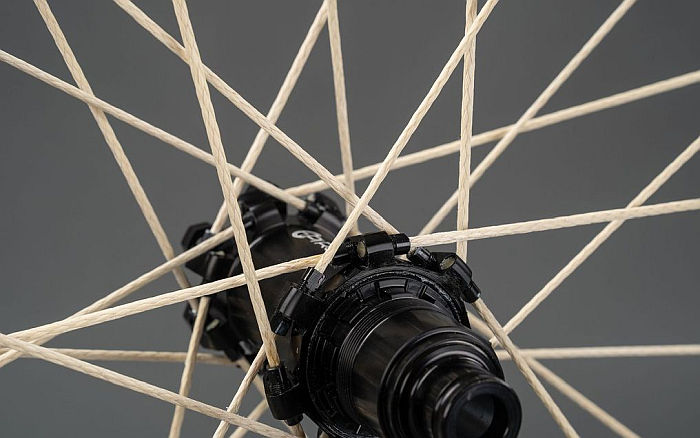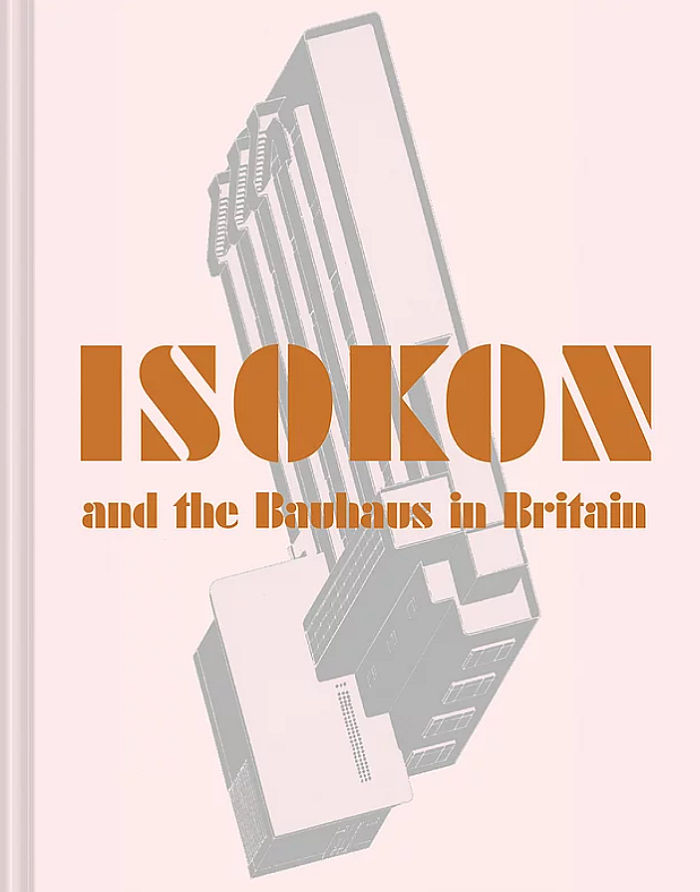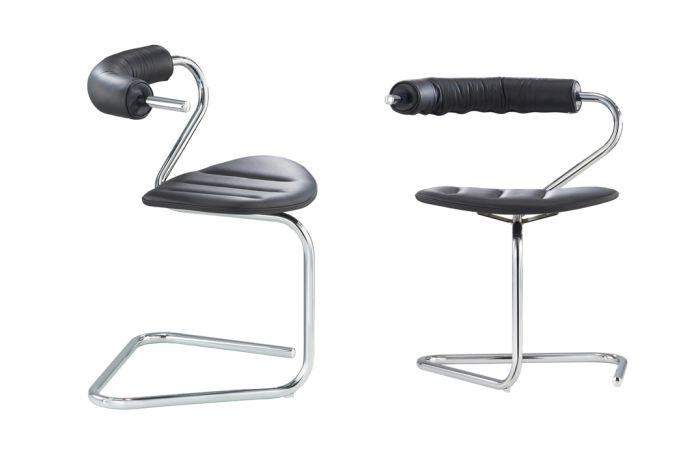5 New Design Exhibitions | Architecture | Bauhaus | Designer | Exhibitions and Shows | Producer | Tecta
"Beware the Ides of March" Julius Caesar was, allegedly, advised by the soothsayer Spurinna. And he probably wished he had. March 15th seeing his death at the hands of some 60 Senators, a death which led to civil war as opposing forces sought to control Rome's destiny.
"Beware the 5th of the Calends of April" a modern day Spurinna would no doubt warn the good folks of the United Kingdom. March 29th looking as it is like being an equally fateful day.
But while Caesar could have taken steps to prevent his demise, the fate of the good folks of the United Kingdom is out of their hands, they must wait and see what an ideologically driven group of some 60 Conservative Senators MPs have in store.......
And while we all wait, what could be more enriching than that which helps set the temporality of politicians' decisions against the irrepressible force of social and cultural evolution; a force parliamentarian laws can delay but never stop, and a truth one finds elegantly mirrored in architecture and design.
Our five recommendations for new exhibitions opening in March 2019 can be found in Frankfurt, Brussels, Chemnitz, London and Magdeburg.
Continuing Frankfurt's triumvirate of exhibitions during 2019 marking the city's contribution to the developments of inter-war architecture and design, the Deutsches Architekturmuseum present with New Human, New Housing an exploration of the Neues Frankfurt [New Frankfurt] programme, one of the very few large scale modernist functionalist housing and urban planning projects actually undertaken.
Initiated in 1925 by Frankfurt's then Mayor Ludwig Landmann as part of a wider programme to develop Frankfurt as a centre of innovation in the arts and sciences, Neues Frankfurt featured contributions from architects such as, and amongst many others, Mart Stam, Ferdinand Kramer and Margarete Schütte-Lihotzky in a team led by Ernst May and realised between 1925 and 1930 some 12,000 new homes, the majority in the city's 10 new estates.
And it is those estates, we suspect, which will feature most prominently in New Human, New Housing. The advance information is, sadly, not quite as fulsome as one is used to from the Deutsches Architekturmuseum and consequently details as to what will be on show are almost non-existent
However from what we do know, we trust that the exhibition will set the Neues Frankfurt architecture and urban planning in context of both the political developments of inter-War Europe and the wider social and cultural developments of the period. And thereby should, we would hope, serve as a nice companion exhibition to Moderne am Main 1919-1933 at the Museum Angewandte Kunst.
New Human, New Housing: Architecture of the New Frankfurt 1925-1933 opens at the Deutsches Architekturmuseum, Schaumainkai 43, 60596 Frankfurt am Main on Saturday March 23rd and runs until Sunday August 18th

As an artistic movement Art Nouveau relied, in many regards, on a whole host of collected influences; the diversity of the period arising from how these influences were ordered and interpreted. Among the most important Art Nouveau protagonists was unquestionably the Belgian architect Victor Horta, and to mark the 50th anniversary of the opening of the Horta Museum the institution is staging a special exhibition devoted to collecting. Or perhaps better put, three parallel exhibitions devoted to collecting; a brave undertaking given the, relatively, limited space in Horta's former home and atelier.
A former home which, or at least the verandah of which, will be reset to 1905 with a representative presentation of Victor Horta's collection of Far East arts, crafts and applied arts; and thereby a chance to not only experience something of the atmosphere in which Horta lived, but also, through comparisons with the fixtures and fittings in the rest of the house, understand how Horta incorporated the impulses and inspirations from that which he collected in his understandings of art, architecture and design.
The collections of others form the remaining two-thirds of the exhibition: in the museum extension designer Elisabeth Horth will present an embroidery linking not only 12 collectors but physical examples of the works they collect, while Horta's Atelier hosts examples of Belgian Art Nouveau by the likes of Paul Hankar, Henry van de Velde or Gustave Serrurier-Bovy collected by Jonathan Mangelinckx.
And thereby through the variety of perspectives a presentation which not only promises for some interesting considerations on collecting, but for all on the Belgian contribution to Art Nouveau. On the Belgian contribution to understandings of ordering and interpreting the collection of Art Nouveau influences.
Collection de collectionneurs opens at Musée Horta, 25 rue Américaine, 1060 Brussels on Friday March 15th and runs until Sunday June 30th

One of the most important impulses not just for architecture and design but for society is new materials. Indeed one could argue that finding meaningful uses of new materials for society is one of the principle responsibilities of architects and designers.
With the exhibition New textile worlds in a creative context the Wasserschloß Klaffenbach promise not only a presentation of some of the newest developments in textile technology, but a selection of products, prototypes and research objects employing them, or at least aiming to; and thereby a presentation which should not only show what is possible with the new materials, but what could be possible, where the new materials could take us.
And as such a presentation which should, hopefully, help explain not only why the continual development of new materials is important for society, but, and as the organisers note, why that development has to be multi-disciplinary to be meaningful.
New textile worlds in a creative context - Potential technical, intelligent textiles + smart materials opens at Wasserschloß Klaffenbach, Wasserschlossweg 6, 09123 Chemnitz on Sunday March 17th and runs until Sunday June 30th

Technically it's a book launch, but......
One of the major players in introducing and disseminating inter-war international modernism in the UK, Isokon not only built with the Lawn Road Flats in Hampstead one of the key inter-war buildings in London, nor with their plywood furniture helped advance a softer, more humane, understanding of functionalism (if one which, yes, also helped their partners at Estonian plywood manufacturer Luterma), but also provided a place of refuge for the likes of Walter Gropius, Marcel Breuer and László Moholy-Nagy following their enforced flight from Germany. And thus, as the title neatly implies, became, when albeit briefly, and indirectly, an outpost of Bauhaus in Britain.
Much as Bauhaus in Germany is often associated with a certain equivocation, on the one hand utilitarian, on the other exclusive, so too Canadian architect Wells Coates' Lawn Road Flats building: on the one hand aimed at contemporary young professionals, and thereby offering single person flats alongside larger units..... the provision of concierge services and a dumb-waiter to bring food up from the ground floor restaurant kitchen, indicating that it wasn't necessarily aimed at young professionals on a tight wage or those without a rich family to support them.
Much more universal and democratic, at least formally and aesthetically, stands Marcel Breuers' plywood furniture, a collection of objects which on the one hand demonstrate that Breuer was just as much an admirer of Alvar Aalto as Aalto was of Breuer, and which on the other demonstrates that Breuer understood plywood every bit as competently as steel tubing.
As we noted, technically a book, Isokon and the Bauhaus in Britain promises to explore not only the story of Isokon, but also explain the company's relationship to the German Bauhaus; the exhibition being a companion, but which we trust will also help introduce and explain the company, its relationships and for all its contributions to discussions around architecture and design of the 1930s.
And fittingly the exhibition ends, closes if you will a chapter on an attempt to create a modern Britain in close union with continental Europe, on March 30th......
Isokon and the Bauhaus in Britain opens at the The Aram Gallery, 110 Drury Lane, London, WC2B 5SG on Thursday March 7th and runs until Saturday March 30th

Born in 1928 the German architect Stefan Wewerka was educated and trained post-War by a number of those architects and designers who had made a name for themselves in context of international modernism; however as the 1950s progressed he became increasingly disillusioned with the aims and ideals of the inter-War modernists, for all those aims and ideals embodied by the Congrès Internationaux d'Architecture Moderne, CIAM, and in 1960 participated in the inaugural Team X meeting, a breakaway collection of (radical) young architects seeking to redefine modernism for the coming society.
Moving ever more from architecture to art Wewerka began, among other projects, questioning functionalism through a series of chairs denied their functionality: before in the late 1970s German manufacturer TECTA asked him to create a functional chair. Thereby initiating a whole new career as a furniture designer, and that just at a period where the first seeds of post-modernism were starting to burst forth; a movement to which Wewerka doesn't naturally belong, but which he arguably informed and in context of which he can certainly be understood. Or at least approached.
And it is the period of cooperation with TECTA that forms the focus of Dekonstruktion der Moderne [Deconstructing Modernism], a cooperation which lasted a little over a decade and which in addition to furniture also saw Wewerka realise architecture and interior design projects. And a decade a bit which arguably allows for a sharper focus on Stefan Wewerka's understandings of and approach to art, architecture and design than most others, and which as such should allow for a meaningful introduction to Stefan Wewerka artist, architect, designer.
Stefan Wewerka. Dekonstruktion der Moderne opens at Forum Gestaltung, Brandenburger Straße 10, 39104 Magdeburg on Friday March 29th and runs until Sunday July 14th
